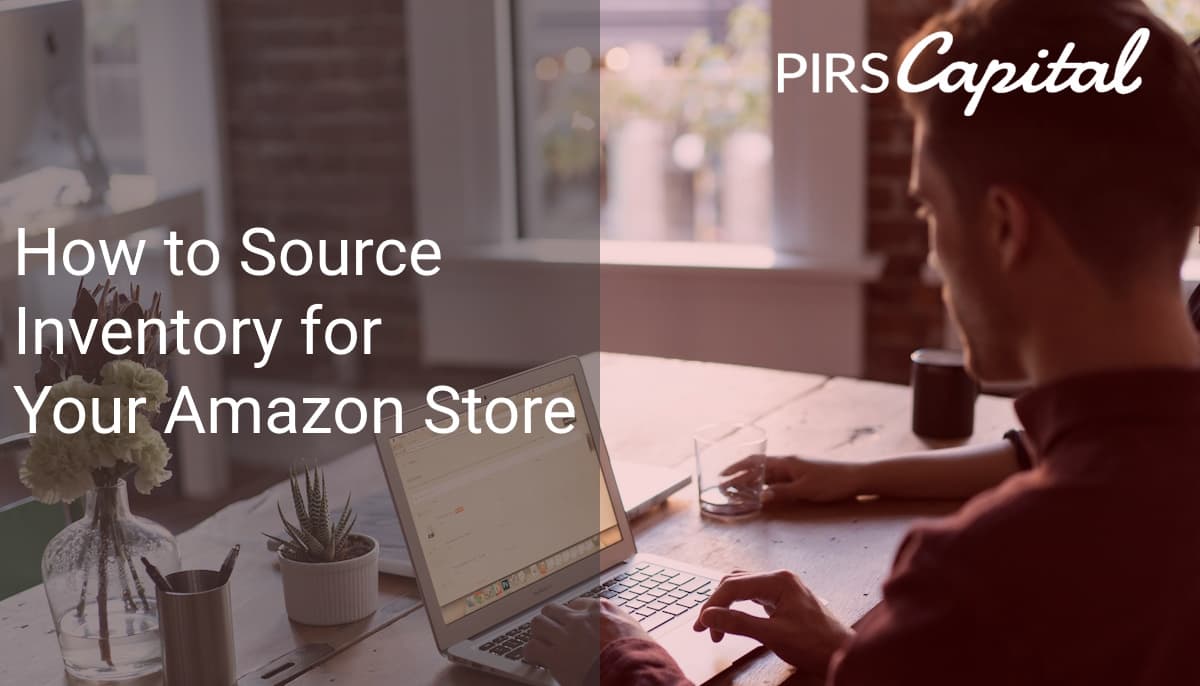If you’re interested in selling things on Amazon FBA but don’t know where to start or where to get products to sell, you’ve found the ideal place.
Understanding how to find things to sell on Amazon FBA is crucial to the success of any online business, and the options are practically endless. It may seem impossible to turn your Amazon FBA business into a $1 million enterprise but, with time and patience, it is definitely possible to achieve this given that Amazon has over 300 million paying clients.
Read on if you’re interested in learning more about buying and selling on Amazon and everything it entails.

Know What You Can Sell on Amazon
Don’t reinvent the wheel; instead, focus on what’s already successful. Categories such as “electronics,” “home and kitchen,” “clothing and accessories,” “books,” and “toys” tend to do well. If it’s in high demand, multiple vendors should offer it.
Amazon is a good place to start looking for things to sell in these areas. Using this B2B e-commerce site, Amazon sellers may place orders for private-label goods and get their own brand off the ground.
Products can also be sourced from local merchants and trade shows in addition to these online marketplaces. You may get more specific by looking for vendors who cater to a specific market.
One of the keys to success in selling is knowing where to go for buying products to sell on Amazon. OK, so let’s have a research discussion.
Researching Products to Buy and Sell on Amazon
Do your homework on the Amazon FBA sellers in your market before placing an order. You should compare the prices at which similar sellers are offering their products. This will assist guarantee that your prices are both reasonable and profitable. There may be an excessive amount of rivalry in certain markets. If your market analysis reveals that the competition is offering a lower price than you, consider switching to a different product.
These are the factors you need to consider:
- Do you think there is enough market demand for these products to support several listings at roughly the same price? If that’s the case, then there’s probably a market for your goods.
- You don’t have to stake out the market as the first competitor selling a similar product; you just have to charge prices at which you can turn a profit.
- The other half of your profit calculation is the cost of production and transport. In order to optimize your profit, you need to pay close attention to the prices of production, transport, and storage. Depending on the state of the economy, all of these prices could change dramatically.
- Keeping tabs on your margin of profit for each product is essential. Some products will have larger margins than others, but even those with lower margins can be profitable if you can move a lot of them.
- Consider your options for alternate suppliers before committing to large-scale product orders from any one company. Would switching to a different provider significantly impact your profits?
- Check out some customer reviews to see what other people have to say about the product. When customers rate a product poorly across various marketplaces, it may signal a problem. If you want people to rave about your store, sell things that get five stars. You won’t be able to compete for listings if you don’t have good reviews.
- Which products sell well during different seasons? Ordering and advertising activities related to outdoor gear and hot holiday gifts must take the seasons into account.
See Also:
Where and How Do I Get Products to Sell on Amazon?
After deciding what to sell and how much profit you could make, the next step is to choose where and how to get your inventory. Here are the top 10 ways that Amazon finds its products:
Online arbitrage
Buying inventory at a discount and reselling it at a higher price is called online arbitrage. Choose the best online retailer with the help of one of these 17 online sourcing tools. You may get paid to shop online by using a cash-back program like Rakuten or Swagbucks when you buy your inventory online.
Retail arbitrage
Retail arbitrage sellers frequently peruse the clearance sections of discount department stores and pharmacies including Wal-Mart, Target, Big Lots, CVS, Walgreens, and more. Many people who shop for surplus or liquidation merchandise do so at liquidation and surplus stores, where prices can be as much as 75% off of retail.
While this method of sourcing can be time-consuming, it usually does not necessitate a substantial initial expenditure because you are not likely to buy in quantity. You should weigh the benefits and drawbacks of using a credit card for business purposes before making any purchases.
Dropshipping
Dropshipping is a viable solution for those that don’t want to keep stock on hand. It’s a way for internet merchants to ship orders to customers without keeping any stock on hand. You use a middleman, such as a wholesaler, to get your wares into the hands of your clients. The nicest aspect is that the customer believes they are dealing directly with you and not the provider.
Dropshipping allows you to save money by not having to stock products in advance. When a sale is made, only then do you pay. Therefore, it’s a safe fulfillment option for businesses just starting out.
However, dropshipping might further erode profit margins. Furthermore, you are not in charge of the entire customer experience. Since the consumer can’t see the provider, any delays in deliveries will reflect poorly on you.
Auctions
Some Amazon sellers have found success by scouring auctions, garage sales, and thrift stores for high-profit items, even though clearance sections and liquidation sales are the most typical forms of retail arbitrage. Auctionzip.com is a great starting point because it lists both physical and virtual auctions.
Wholesale
Buying in bulk has proven to be a successful strategy for Amazon sellers. It’s simple to implement and can grow quickly. You won’t have to worry about coming up with fresh ASINs because you’ll be collaborating with well-known manufacturers. Most wholesale goods also have an established sales rank or demand.
Once a solid working connection has been established with the manufacturer, most sellers will be able to get better discounts in the future or negotiate better conditions on purchasing inventory.
You should go through the proper means to get permission to resale a product or brand before making a bulk purchase. Without proper authorization, you run the risk of having your Amazon seller account suspended for copyright violations.
Your own products
If you desire complete authority over your goods and label, you can create them yourself.
Create your own brand of makeup, for instance. Create your own foundation, mascara, lipstick, etc. using your own recipe, then have a factory produce and package the goods for you to sell on Amazon. This option costs more and takes more time than wholesaling or going with a private label, but the process is in your hands entirely.
Outsource
Not interested in doing the work? The practice of outsourcing falls on the opposite extreme of the inventory sourcing spectrum. Products can be sourced in a variety of ways, and depending on the size of your business, you may be able to engage an employee or a virtual assistant to do it for you.
Get the Funds You Need to Stock Your Inventory
If you want to succeed, you need to set up enough money for several rounds of inventory. In order to keep moving forward, you’ll need to resupply swiftly. Launching your product with a solid marketing push will tell you whether or not you’ve made a good choice.
Want capital? Contact PIRS Capital today! Our terms are easiest and we’re happy to help!

I work with companies that sell products on platforms such as Amazon, Shopify, Walmart, Ebay, Etsy, etc. I understand that every business is unique and thats why I form genuine relationships with owners so I can help them reach their goals and find success through our working capital solutions.
